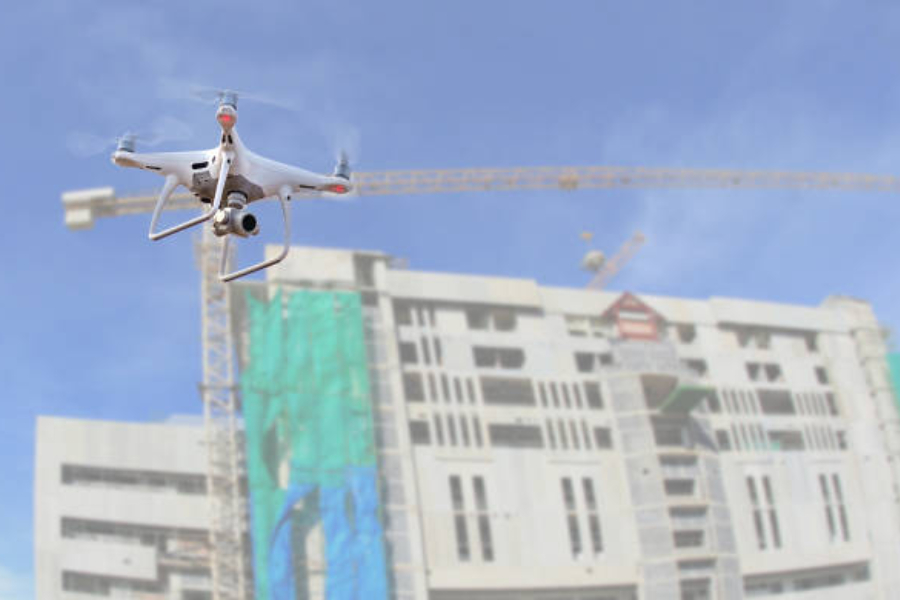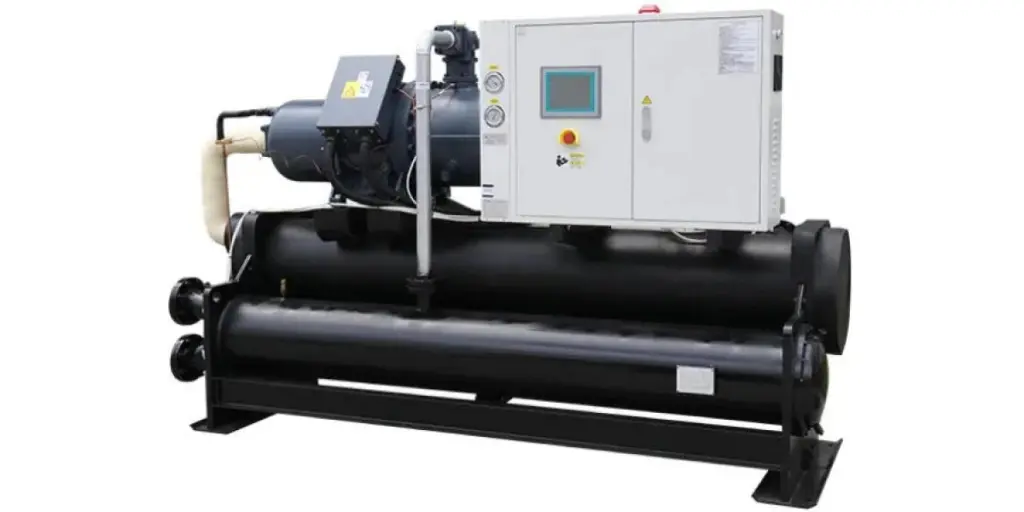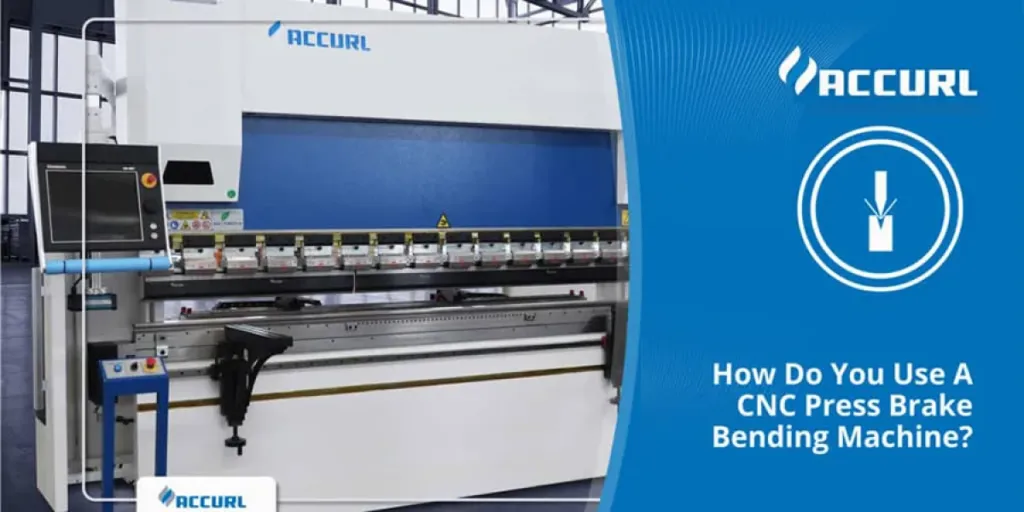Technology is affecting our daily lives, including how we work. Technology in different industries, such as food, construction, printing, and health, has seen huge advancements in the last few years. In the case of the construction industry, evolved technology has brought about smarter construction machines that use less fuel. There are so many construction firms rushing to meet the high demand for construction machines, and each of them is willing to use the latest technology for efficiency.
What we are going to look at in this article are the new technologies in construction machinery. Additionally, we will take a keen look at the demand, market share, size, and expected growth of construction machines in the next five years.
Table of Contents
Demand and market share of construction machines
New technology in construction machines
Conclusion
Demand and market share of construction machines
Globally, there has been a surge in construction activity as most governments seek to improve their countries’ infrastructure. Most governments have implemented favorable initiatives like lower housing rates and stimulus packages attracting construction activities. This has led to an increase in demand for construction equipment.
According to a report by Grand View Research, the global construction machinery market size was estimated at USD 112.98 billion in 2021. Further expansion will be at a compound annual growth rate of 3.9% from 2022 to 2030. This will be facilitated by construction machinery manufacturers producing efficient products equipped with new technology.
Analysis by product segments showed that the earthmoving machinery registered the largest revenue share of over 60% in 2021. Over the next five years, the metal handling equipment is expected to grow at a CAGR of 4%. The excavators, a sub-segment, are also projected to expand at a moderate compound annual growth rate.
Regionally, the Asia Pacific accounted for a revenue of over 40% in 2021, with a CAGR of 4% up to 2030. The Chinese investments in the Middle East and African states have made the regions become emerging and rapidly growing markets for construction machinery. North America is expected to have a CAGR of 3% up to 2030 due to the increasing residential construction activities.
New technology in construction machines
1. Augmented reality
This digital layer of vital information enhances the view of the real world. Construction professionals will use mobile devices with augmented reality capabilities to look at construction sites for additional information. For instance, a device displays building plans as if they were part of the physical environment. Buyers will benefit from automated measurements, access to safety information, and visualized project modifications.
Major construction equipment manufacturers have adopted this technology. Liebherr partners with AR technology providers to design new construction equipment that uses this innovation. Some top AR providers include HQSoftware, iTechArt, Niantic, ScienceSoft, and Travancore Analytics. A report by Software Testing Help in 2019 valued the AR market size at USD 849 million. It is expected to reach USD 3,664 million by 2026 at a CAGR of 27%.
2. Construction robots

These are automated machines that assist in construction. The goal of technology providers is to develop designs and proposals to deal with the labor shortage. For instance, collaborative robots, factory robots, and fully autonomous robots will ease the work at construction sites. They scan the environment and perform complex jobs independently.
Some construction robotics companies and their respective products include;
– Advanced Construction Robotics, USA – Tybot and IronBot
– Align Robotics, Australia – TerraMARK and AutoMARK
– Brokk AB, Sweden – Brokk 170, Brokk 110, Brokk 200, and Brokk 900
– Construction Automation, UK – Automated Bricklaying Robot
– Hyperion Robotics, Finland – Hyperion 3D Printing System
As of 2019, the construction robotics market generated USD 2,450.7 million. It is projected to grow to USD 7,880.3 million by 2027. According to Allied Market Research, the estimated CAGR is 23.3% from 2020 to 2027. The growth is attributed to the rapid adoption of robotics technology in construction activities.
3. Drones

This new advancement in technology is also called unmanned aerial vehicle. While on the task, construction workers can benefit from precisely capturing the survey-grade topography. This revolutionary system will provide equipment tracking, project verification, security surveillance, and inventory management.
The dynamics in the construction industry have continuously impacted the construction drone market. The key players are improving their products to match the requirements and demand. Some construction drone providers include 3D Robotics, DJI, FLIR Systems, Leptron Unmanned Aircraft Systems, and Parrot Drones. AMR reported a global construction drone market of USD 4,800 million in 2019, expected to grow at a CAGR of 15.4% to reach USD 11,968.6 million by 2027.
4. Construction exoskeletons

These wearable machines with motorized joints provide power and support over repetitive movements on-site, like lifting, bending, and grabbing. Also called exosuits, they provide safety for construction workers by reducing injuries, thus increasing efficiency. Buyers can get exoskeletons powered by electricity and others that redistribute weight throughout the body. Some exosuits in the market include shoulder support exosuits, crouch support exosuits, and back support exosuits.
Several manufacturers have taken the initiative to change how construction site laborers work. They include Ekso Bionics, Fraco Exoskeleton, RB3D EXOPUSH, Levitate Technologies, and Hilti Exoskeleton. The exoskeleton market share was approx. USD 500 million in 2021. GMI projected it to expand at a CAGR of 30% from 2022 to 2030
5. Modular construction
Modular construction involves constructing prefabricated buildings in off-site factories and transporting them to a worksite for installation. The small prefabricated units, called modules, are assembled at the worksites and have the same building codes as traditional buildings. The two types of modular buildings are permanent and relocatable modular buildings. Buyers can benefit from reduced emissions, decreased construction waste, and building processes optimized by machine learning.
Modular companies provide various designs, floor plan options, and other features. Some of these top companies include;
– Satellite Shelters Commercial Prefab Modular Building Company
– Vanguard Commercial Prefab Modular Building Company
– Vesta Modular Commercial Prefab Modular Building Company
– Commercial Mobile Systems Commercial Prefab Modular Building Company
The world modular construction market share was around USD 84.4 billion in 2020. According to Grand Review Research, it was expected to expand at a CAGR of 6.4% from 2021 to 2028. The increased commercial infrastructure and demand for residential investments have greatly impacted the growth.
6. Remote-controlled mining

Recent construction machinery advancements include cabs or cockpits with digital control equipment. Operation of heavy machinery deep in the mines can now be done from a safe position above the ground. The above feature protects laborers from underground hazardous environments.
Most construction manufacturers have employed remote control technology on the construction machinery. Examples of sought-after machines are XMCG RC Construction Excavator, Zoomlion RC Excavator, and Sany RC Excavator. The global autonomous construction machinery market is projected to grow from USD 10.02 billion in 2021 to USD 18.53 billion in 2026 at a CAGR of 11.8%, as reported by Businesswire.
7. Blockchain
This is a way of recording information with broad applications in construction and project management. The main objective of blockchain is to increase project efficiency. Construction workers will benefit from secure encrypted data, decentralized project information, and scalable data for any project.
The major construction industry players combine blockchain with building information modeling to create resourceful aspects of construction projects. Some partner companies supplying blockchain to construction machinery manufacturers are Andersen Inc, ScienceSoft, Techracers, Ripple Labs Inc, and LeewayHertz. Blockchain revenue in the construction industry is expected to increase at a CAGR of 41.4%. It grew from USD 390.6 million in 2019 and is estimated to hit USD 4,418.3 million in 2025, as reported by Research & Markets.
8. Grade-controlled systems
The goal is to provide an advanced 3D-grade control system with no external cables or masts. Buyers will greatly benefit from the availability of off-machine precision construction tools, such as underground utility locators, pipe lasers, rotating lasers, and automatic and electronic levels. The above will reduce costs and mitigate risks of pilferage or damage to the construction equipment.
Original equipment manufacturers are in partnership with technology providers like Topcon and Trimble. They can create grade-controlled products that complement construction machinery. The end products include automatic grade control systems on graders, dozers, and excavators. The global market share was estimated to expand from USD 4.5 billion in 2022 to USD 6.5 billion by 2027 at a CAGR of 7.7%, according to Markets & Markets.
9. Electrical construction machinery
A new generation of electric and hybrid construction machinery has battery technologies. The development has ensured quieter, more sustainable, and more efficient construction machines. This technology can only be applied to small machines, not those that do the heavy lifting and haul materials. The machinery can work around the clock by easily turning into electric mode at night so there is no noise. Examples of popular electric construction machinery include the Volvo electric excavators and Volvo CE LX1 hybrid 20-ton loader.
There has been a desire to reduce ventilation costs in underground mining and minimize exhaust emissions. The move has led to the growth in revenue of electric construction equipment. According to Markets & Markets, the market share is projected to grow from USD 9.2 billion in 2022 to USD 24.8 billion by 2027 at a CAGR of 22%.
Conclusion
Advanced innovative construction technology has already brought massive improvements in the construction industry. The benefits range from efficiency, safety, and productivity in major project plans. Buyers will achieve these by employing the right equipment and technology. To acquire this kind of construction equipment, visit Alibaba.com.




